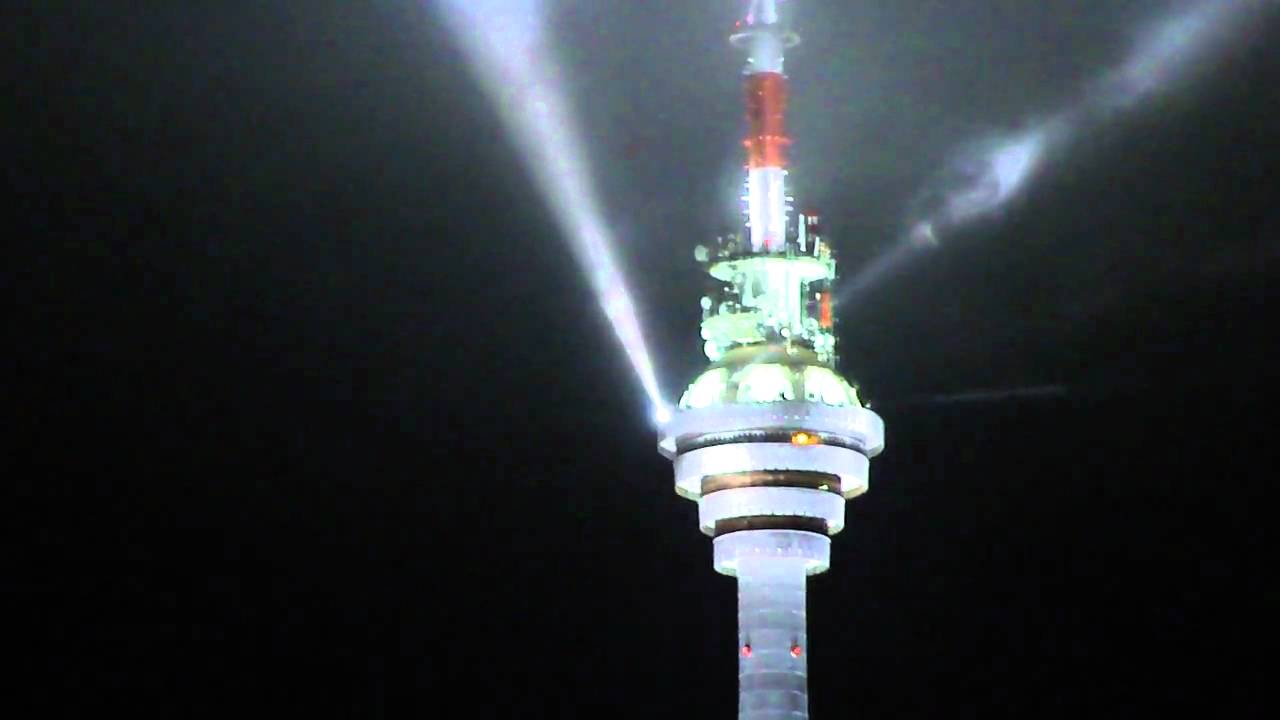
Who Is Behind the New Talysh-Language TV Broadcasts in Azerbaijan?
Publication: Eurasia Daily Monitor Volume: 11 Issue: 219
By:

On November 29, a television station styling itself “the National Television of Talyshton” (“Tolyshystoni Millaiiya Vindasado”—TMV) began broadcasting in Azerbaijan under the direction of Talysh poet Zabig Madozh. One year ago, Madozh launched a YouTube video service in the Talysh language, and he insists that this latest TV project is a cultural rather than a political project (vk.com/talishyi, December 6).
But the contents of TMV’s programming suggest it is, indeed, a politically motivated media outlet. For one thing, the TV station has chosen to use Cyrillic rather than the Perso-Arabic script, which is employed by the Talysh minority living in Iran. And second, Baku failed to react as promptly and harshly to TMV as it did to the appearance of Talysh radio broadcasts sponsored by Yerevan earlier this year (armradio.am, March 21). Taken together, these observations strongly imply that the new TV chanel is being covertly backed by Moscow. Evidently, Russia is attempting to send a signal to the Azerbaijani authorities that it retains the potential to stir up trouble in the southern portion of the Republic of Azerbaijan—where the majority of the country’s Talysh minority resides—just as it did in the early 1990s. Simultaneously, Russia continues to muddy the waters in the northern portion of Azerbaijan with its support of the Avar and Lezgin minority ethnic groups.
The new channel features programs like “Talyshistan and the World,” “The History, Ethnography and Culture of the Talysh,” “Talysh Literature,” and “Our Religion: Islam.” But two other weekly programs airing on TMV are perhaps the clearest indication of how political its broadcasts are going to be.
One of these provocative programs will be hosted by Fahraddin Aboszoda, the speaker of the Talysh-Mughan Autonomous Republic, which existed in the southern portion of Azerbaijan in 1993, until it was suppressed by then-president Heydar Aliyev after he returned to power. And the other has as its host Zakhiraddin Ibragimi, the chairman of the Committee for the Defense of the Rights of the Talysh.
Equally indicative of the political nature of TMV’s broadcasts is its announcement that it plans to launch programming for Tats, the mountain Jewish community in the Caucasus. Notably, the Talysh TV station has openly called the Tats “our brothers.” Furthermore, TMV has received an open expression of support from the most prominent Talysh organization, Tolyshpress, which called the Talysh-language television broadcaster’s launch inside Azerbaijan a breakthrough event.
The Talysh have long been a political problem for Baku. The Azerbaijani government insists there are fewer than 80,000 of them in that country. Although some scholars and many Talysh activists say that the real number is vastly higher, with estimates—they have not been enumerated in a census since 1926—being more than 500,000. But it is less their numbers than three other characteristics which make them a challenge.
First, the Talysh speak a language closely related to Persian. That is why the decision of TMV to use Cyrillic strongly suggests that Tehran was not behind it. Iranian propagandists have always preferred the Perso-Arabic script.
Second, the Talysh of Azerbaijan are concentrated in the southern portion of the country along the Iranian border; they have a long history of resistance to Baku, including the ill-fated Talysh Mughan Republic of 1993; and they are almost exclusively Shia. Azerbaijanis are approximately two-thirds Shia and one third Sunni. In the late 1930s, both Baku and Moscow viewed them as a sufficient threat to security that many Talysh were deported to Siberia. At that time, the Talysh-language institutions the Soviets had established in the 1920s were closed. Few of them were ever reopened, and many Talysh were under pressure to identify as Azerbaijanis rather than Talysh.
And third, there is a large Talysh population just over the border in Iran. Not only does this provide opportunities for influence and black market trading, but it means that Azerbaijani national security planners are likely to view the Talysh as an irredentist movement in waiting. Thus, in Baku’s eyes, this ethnic minority must be watched with extreme care.
Many Talysh, not surprisingly given their history, are reluctant to link themselves either with Armenia or Iran, given the attitudes in Baku toward those two outside powers. But they have been willing to work with the Russians—and the Russians have reciprocated. Earlier this year, for example, Fakharddin Aboszoda, who is one of the hosts on the new TMV station, published an article in Moscow entitled “Will Federalization Save Azerbaijan?” (iarex.ru, April 8). Not only did this article pick up on one of Vladimir Putin’s central themes at the time—applied most recently by the Kremlin to Ukraine—but it echoed Russian support for the Avars and Lezgins. These two nationalities live astride the border between Azerbaijan and the Republic of Dagestan in the Russian Federation.
The new Talysh-language TV station, like the article by Aboszoda, is clearly a warning to Baku, almost certainly from Moscow rather than Yerevan even though it echoes Armenia’s views—as Moscow’s approach to this conflict often does. At the very least, if the conclusion about TMV offered here is correct, the Russian government is keeping its hand in the game while keeping its options open. As Garnik Geborgyan, the Armenian director of the Voice of Talyshistan put it, if Baku “unleashes” a new war against Armenia, Talysh broadcasts will lead to “the creation of a Talysh state” (armradio.am, March 21).




